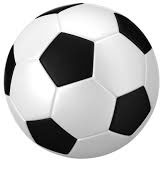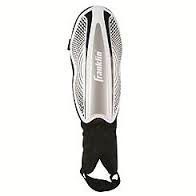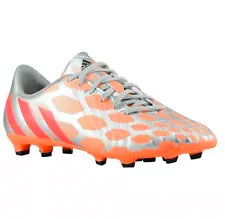

Soccer Shopping Guide
Simon Wales provides some advice on purchasing soccer balls, soccer shoes, and shin guards.
Soccer is a popular sport worldwide, and people of all ages compete for elusive goals on soccer fields. Suitable soccer equipment is necessary for a good game. As with all other types of sports equipment, the quality will vary according to the brand and product.
Soccer is an accessible activity that anyone can play as long as an open, flat space or ground is available. Buying quality gear is highly recommended, whether you plan to play occasionally or competitively in a league.
Soccer Balls
The ball is generally regarded as the most important piece of soccer equipment. Different types of soccer balls are available in various price ranges, determined by factors such as size, construction, and brand.
Balls are also made from different materials, including leather and rubber. Synthetic covers are durable and are commonly used during competitions. Well-stitched balls ensure that the seams are strong or thermal bonding for a smooth surface and enhanced durability. The lining of the soccer ball creates its overall feel and shape. |
 |
The smallest soccer balls are ideal for children, and older players require larger balls with the appropriate circumference and weight.
Shin Guards
Shin guards offer protection, and referees do not usually allow people to play if they are not wearing them. These are classified as safety equipment that protects players from leg injuries by helping to absorb the impact as the player kicks. The ideal shin guard will depend on how much protection you want and the position you play. Pair your shin guards with proper soccer socks for maximum safety and a comfortable fit. |
 |
Soccer Shoes
Youth soccer shoes/cleats are designed for playing on grass or indoors. Players must wear the right soccer shoes, ideal for the surface they will be playing on. The soles are the main difference between these types of shoes.
Youth soccer shoes protect the feet and provide control and grip. These specially designed shoes feature various designs to suit specific surfaces.
When you play outdoors, you need shoes that work for hard and soft surfaces. Playing indoors requires shoes designed for artificial turf to provide sufficient traction. Indoor shoes are also designed for smoother floors, which are found in some facilities. Shoes are made from various materials and are built for different purposes. You need to choose shoes according to their construction, along with the field conditions. Ensure the shoe is comfortable because an ill-fitting or tight shoe can cause blisters during and after a match. |
 |
The top part of the shoe is made from different materials, such as synthetic or leather. A leather upper is usually flexible and feels better when it contacts the ball. However, leather will absorb water if the field is wet. Synthetic leather lasts longer and is water-resistant.
While shopping for soccer shoes, remember that you will be wearing them with thick socks and shin guards for safety. Your boots should fit comfortably when you wear them with the rest of your gear.
Page Reference
If you quote information from this page in your work, then the reference for this page is:
- WALES, S. (2017) Soccer Shopping Guide [WWW] Available from: https://www.brianmac.co.uk/articles/article230.htm [Accessed
About the Author
Simon Wales has worked as a journalist for more than a decade. He moderates several online forums aimed at helping aspiring writers and operators who want to advance their careers and improve their skills. Find out more at www.sportsgearlab.com.